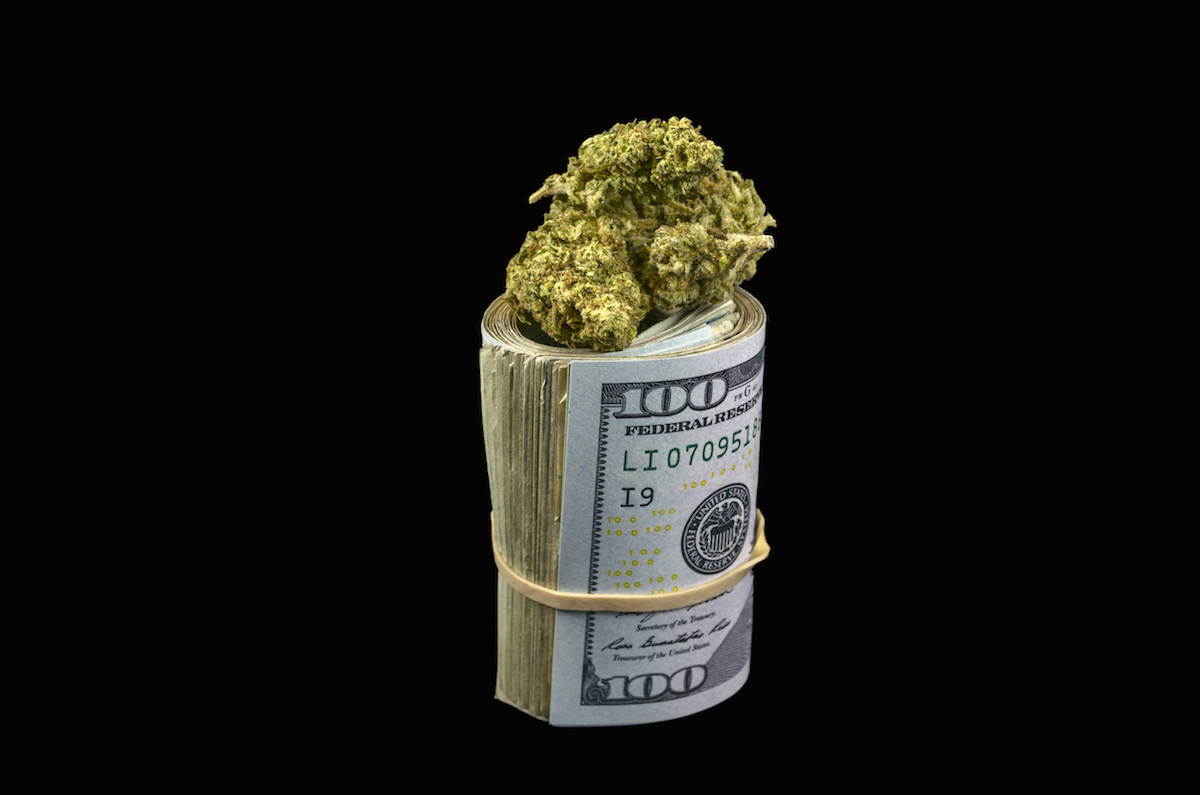The Local newsletter is your free, daily guide to life in Colorado. For locals, by locals.
When Colorado’s voters approved recreational marijuana in 2012, the projected tax revenues from it were a primary reason we gave it the thumbs-up. By that time, the medical marijuana industry was underway and thriving, a dry run of sorts that helped ensure our residents that legalization could work. By promising that much of the recreational tax money would go toward bolstering our public school system, legalization became a surprisingly easy sell, and Amendment 64 passed by a 10-point margin.
Almost two years into legalization, Coloradans must now decide what to do with all this extra income. Next month, Proposition BB will be up for approval, the only statewide initiative on the ballot this year. If it passes, the state would be able to keep the excess tax revenue—an estimated $52 million—rather than refund it to taxpayers as mandated under Colorado’s Taxpayer Bill of Rights (TABOR). About $40 million of that money would go toward public school construction, and the other $12 million would “fund marijuana education, substance abuse treatment and prevention, and youth mentoring services,” according to BB’s backers.

That legalization has been a resounding economic success is only part of the reason we’re in this predicament. Because Coloradans passed Proposition AA in 2013, which set the various tax limits on legalized weed, we’ve ended up with this potential windfall.
The arguments for and against this latest round of legislative alphabet soup are fairly predictable. The pro side simply says, “More money for schools and treatment,” while the antis cite this as a TABOR-supported scenario in which taxpayers rightfully should get their money back.
Unfortunately, this is a far more complex question than a yes-or-no ballot initiative can answer.
Because we agreed to set the marijuana tax rates so high—although the goal of the movement has always been to regulate pot like alcohol, marijuana’s rates far exceed those for booze—legalization hasn’t stamped out black- and gray-market weed sales nearly as much as was hoped. If you want to avoid the markup, getting marijuana the old-fashioned way, from your “weed guy,” is still pretty easy.
What’s more, while it may have been a noble goal to see all those tax revenues go toward education, so far there’s been limited evidence that the promised benefits to our public school system have come to fruition. If you’re a voter who instinctively views government as untrustworthy and inefficient, to date there’s been little to suggest that this has changed.
On the other hand, the reason AA and 64 passed so handily was largely because of our collective conviction that these new “sin taxes” would benefit our public schoolchildren, and simply denying them that extra $52 million would violate the spirit of our intent and, for now, kill whatever good that money could have accomplished.
The best idea of all would probably be for the state government to hold onto the excess revenue until legalization can unfold and evolve a little longer, then see how and where that money would best be spent. But barring some last-minute change, which probably isn’t even possible just a few weeks from Election Day, this is happening.
So whether you end up with a few more bucks in your checking account—the estimate is a mere $8 per taxpayer—or the government is permitted to do what it does with the money, chances are none of this will solve the more important big-picture questions of whether we’re doing legalization as well as we possibly could be, and setting an example for other legalization-minded states in the process.
Follow 5280 editor-at-large Luc Hatlestad on Twitter at @LucHatlestad.








